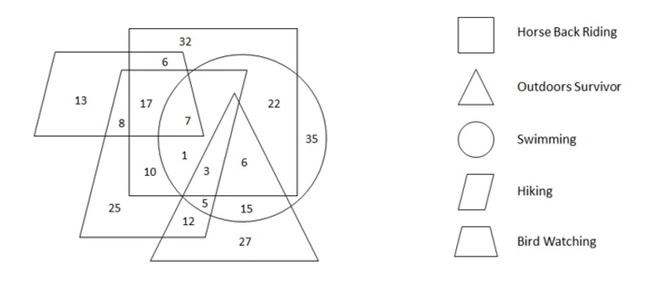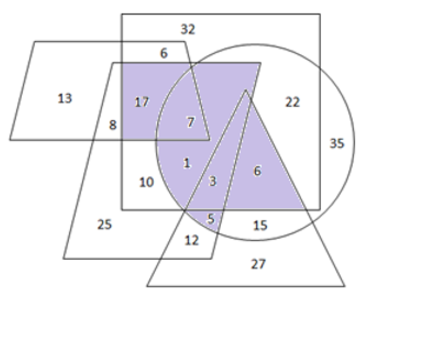 UCAT Decision Making Test
UCAT Decision Making Test
Everything you need to know about the UCAT Decision Making test - info, sample questions and tips
UCAT Cognitive Preparation
2 Full UCAT Cognitive Simulations (318 questions)
Diagnostic Cognitive Simulation (17 questions)
9 Verbal Reasoning Tests (306 questions)
10 Decision-Making Tests (245 questions)
6 Quantitative Reasoning Tests (223 questions)
11 Abstract Reasoning Tests (340 questions)
Guides and Tutorials for each segment.
UCAT General and Scoring Guides
UCAT - Verbal Reasoning UCAT - Quantitative Reasoning
The UCAT Decision Making subtest is designed to evaluate the logic application used to make decisions or reach conclusions, argument assessment, and analysis of statistical data. This subtest is the newest UCAT subtest. It was first introduced in 2017, replacing the UCAT Decision Analysis subtest. This new section focuses on the components of problem-solving, managing risk, and dealing with uncertainty. The Decision-Making section is comprised of 29 questions to be completed in 31 minutes (plus one minute for instructions).
There are five main types of Decision-Making questions, each one involves a different approach and solving techniques. In our PrepPack™ you’ll get 8 Decision-Making practice tests, including all types of questions, on different difficulty levels. That way you couldn’t be caught off guard.
UCAT Decision Making Section Format
The Decision Making subtest is comprised of five main types of questions:
- Formal logic questions – You are presented with a statement which is followed by five other sentences. Based on the original statement, you must choose if each of the sentences follows the same logic.
- Seating arrangement questions – You are presented with known data, and you must draw a conclusion based on that data.
- Inductive reasoning – You are presented with a chart from which you must draw a conclusion and answer a question.
- Statistics – You must answer questions using the statistical information that is presented to you.
- Arguments – You are presented with a question about a public issue. You must choose the best answer from four possible answers.
Unlike other UCAT subtests, the questions on the Decision Making section are each stand-alone items, and the data from one question is not applicable in the next. The data you will see may include charts, graphs, tables, diagrams, or text. There may also be additional information provided in the actual question. There will be a simple calculator available to you on the screen for this subtest, and you may also use note paper and a pen.
There will be a simple calculator available to you on the screen for this subtest, and you may also use note paper and a pen.
Preparing For The UCAT Decision-Making Section
As I said before, this section includes 5 different types of questions, each one includes additional different question types. To Ace this section, you need to know each question type inside out.
That means practising, a lot. On our dedicated Decision-Making PrepPack™ you’ll find 8 different practise tests and a thorough guide. Strat practicing now and beat this section.
UCAT Decision-Making Preparation [2025]
- UCAT Score Guide
- UCAT Decision Making Full Guide
- 8 Decision Making Practice Tests
- Thorough Explanations for every question
- Two Study Guides
UCAT Decision Making Sample Question
In a summer camp, campers need to complete three different types of activities to receive a Camp Pride trophy.

Based on the diagram, how many campers will receive the trophy?
A. 32
B. 28
C. 39
D. 35
The correct answer is (C). The question asks about campers who completed three different activities, so you should look for overlapping areas between three or four of the shapes. (If the campers completed four activities, they surely completed three.)
See the diagram below for the relevant areas:

17 + 7 + 1 + 3 + 5 + 6 = 39.
More free sample questions are available on our free UCAT Test
UCAT - Verbal Reasoning UCAT - Quantitative Reasoning



